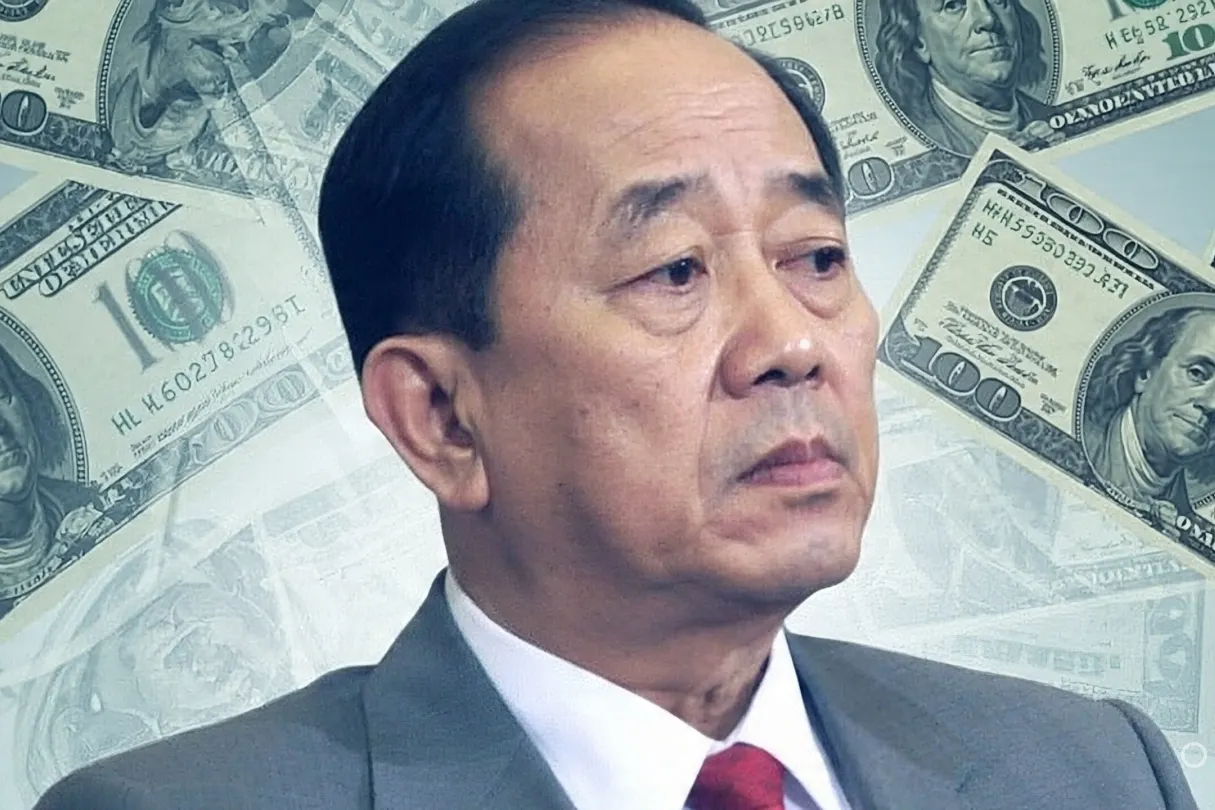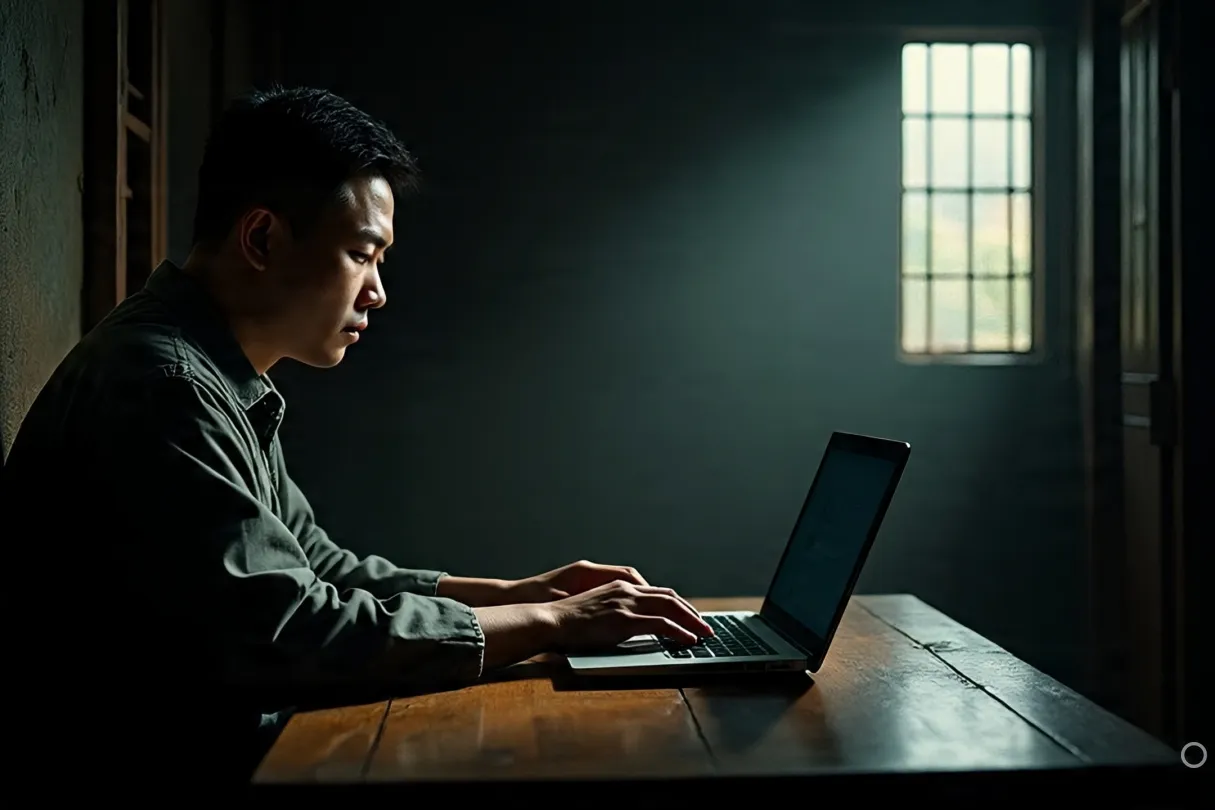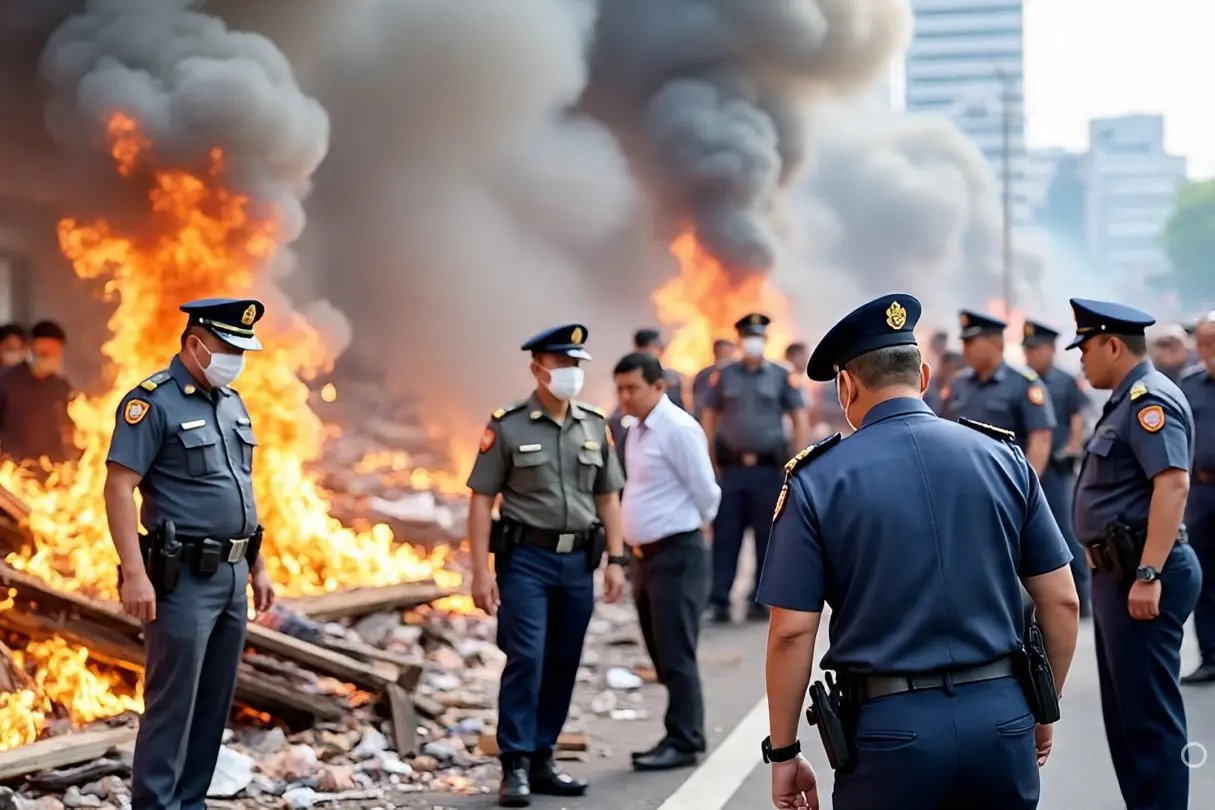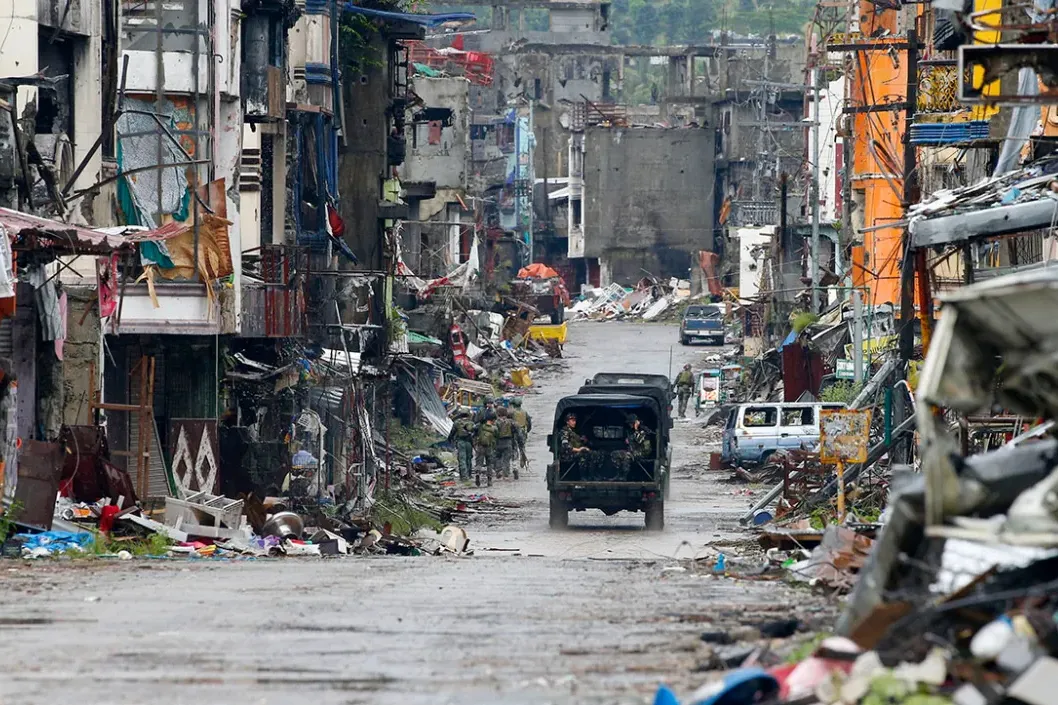In May 1998, Jakarta was a city in chaos. A brutal economic crisis had plunged millions into poverty, and relentless student protests, fueled by public anger and a desperate longing for reform, had brought the capital to a standstill.
At the center of this storm was President Suharto, the iron-fisted ruler of Indonesia for over three decades. His resignation on May 21st, delivered in a brief, somber televised address, was a seismic event that brought an abrupt end to his authoritarian “New Order.”
While the conventional narrative points to the irresistible forces of economic collapse and mass popular protest, a darker and more complex theory has persisted for years, particularly among some political analysts and conspiracy theorists: that Suharto’s downfall was not a natural occurrence but a carefully engineered plot by Western powers, especially the United States, to remove an old ally who had become a political liability.
This investigative editorial will delve into the whispers of a clandestine Western hand guiding the events of 1998. We will explore the conventional reasons for his fall, investigate the compelling “evidence” for the conspiracy theory—including the role of the IMF and alleged CIA involvement—and ultimately weigh the facts against the claims. This is a story of economic panic, student idealism, and the lingering shadow of a geopolitical chess game that may have ended one of Asia’s longest-serving dictatorships.
📉 The Conventional Narrative: Crisis and Unrest
To understand the conspiracy, one must first understand the accepted version of events. By 1998, Indonesia was in the grip of the Asian Financial Crisis. The crisis, which began in Thailand in 1997, had swept through Southeast Asia, devastating economies and exposing deep-seated vulnerabilities.
💰 The Financial Tsunami
The value of the Indonesian rupiah plummeted, and businesses defaulted on their massive foreign loans. As the economy collapsed, prices for staple goods skyrocketed, and unemployment soared. For the first time in decades, the promise of economic stability under Suharto’s New Order was shattered. Public anger mounted as the financial elite, including Suharto’s family and cronies, seemed to be immune to the suffering.
✊ The Student Movement
The economic pain provided the catalyst for a powerful student protest movement. What began as peaceful demonstrations on university campuses quickly swelled into a nationwide call for reformasi (reform) and an end to Suharto’s rule. The tragic shooting of four students at Trisakti University in Jakarta on May 12th, 1998, sparked mass riots and looting across the city, plunging the nation into unprecedented chaos. The public’s patience had finally run out, and Suharto’s once-unshakable grip on power began to visibly weaken.
The following table provides a timeline of the key events that led to Suharto’s resignation.
🕵️ The Western Hand: A Conspiracy of Convenience?
The suddenness of Suharto’s resignation after 32 years, combined with the heavy involvement of international actors, provided fertile ground for the conspiracy theory. The theory suggests that the economic crisis and student protests were merely the public face of a more intricate, orchestrated plot by the U.S. and its allies.
✍️ The IMF’s Role and “The Letter of Intent”
The International Monetary Fund (IMF) became a central figure in this narrative. As the crisis deepened, Indonesia was forced to accept a bailout package from the IMF, which came with strict conditions.
- 📝 Austerity Measures: The IMF demanded harsh austerity measures, including the closure of dozens of banks and the removal of state subsidies for fuel and food. These measures, while intended to stabilize the economy, exacerbated the public’s suffering and fueled the riots.
- 📷 A Symbolic Photo: A powerful image from January 1998 shows IMF Director Michel Camdessus standing with his arms crossed as Suharto signs a “Letter of Intent.” The body language was widely interpreted as a foreign power dictating terms to a defeated Suharto, a public humiliation that the conspiracy theory claims was a deliberate message.
- ❌ Policy Changes: Proponents argue that the IMF’s policies were designed to weaken Suharto’s government, knowing full well they would cause social unrest. This created the perfect pretext for his removal.
🇺🇸 The CIA and Diplomatic Intrigues
The U.S. and its intelligence agencies are also central to the theory. For decades, Suharto was a key Cold War ally for the U.S., a staunch anti-communist who helped the West contain Soviet and Chinese influence in the region. However, in his later years, his close ties to cronies and family, and his increasingly independent foreign policy, may have made him a liability.
- A Change in Tune: Allegations point to a shift in U.S. policy in the mid-1990s. The U.S. began to quietly distance itself from Suharto, particularly over human rights concerns and his family’s growing corruption. This provided a motive: the U.S. wanted to replace its old ally with a more democratic and compliant leader.
- Covert Operations: While there is no public “smoking gun,” conspiracy theorists suggest the CIA was involved in covertly funding and organizing the student protests, using their long-standing networks in the region to destabilize the government and push for Suharto’s exit.
- Diplomatic Pressure: In the final days before his resignation, reports suggest that high-level U.S. officials and other Western diplomats met with key Indonesian military and political figures, encouraging them to withdraw support from Suharto and back a transition of power.
📊 Weighing the Evidence: Fact vs. Suspicion
The conspiracy theory is compelling, but does it hold up to scrutiny? A closer look at the available evidence suggests a more nuanced, and less conspiratorial, reality.
A Look at the Claims
While the theory points to key events as evidence, conventional historical analysis offers a different interpretation.
The Overwhelming Force of Internal Factors
Most historians and political scientists agree that the most powerful forces driving Suharto’s resignation were internal. The economic collapse was a real and devastating event that shattered the social contract between the Suharto regime and the Indonesian people. The student protests were a genuine, grassroots movement that had been simmering for years, finally erupting when the conditions were right. The army and other political elites, seeing the writing on the wall, chose to side with the people rather than with a failing, and increasingly isolated, leader. The combination of an economic meltdown and popular revolt was a far more potent force than any alleged foreign meddling.
💔 The Human Toll: Trauma and Transition
Regardless of the true cause of his downfall, Suharto’s resignation left an indelible mark on Indonesian society. The weeks leading up to his exit were filled with an emotional cocktail of fear, anger, and cautious optimism.
- 💥 A Society in Chaos: The widespread riots and violence in Jakarta were a traumatic experience, leaving many with a deep sense of national uncertainty and a fear of a return to instability.
- 😭 A Sense of Betrayal: For many who had lived under the New Order, Suharto’s downfall, after decades of promises of stability, felt like a profound betrayal. The leader who had delivered economic growth was now seen as the source of their pain.
- 🌱 Hope for a New Era: For the students and pro-democracy activists, the resignation was a moment of hope and triumph, the culmination of years of struggle. It opened the door to a new, uncertain but hopeful era of democracy.
The fall of Suharto was not just a political event; it was a national trauma and a moment of immense political rebirth. The conspiracy theory, while compelling, offers a convenient scapegoat for a nation wrestling with the complex legacy of authoritarianism, corruption, and the painful transition to democracy.
The truth of Suharto’s fall is likely not a simple plot, but a complex tapestry woven from both internal and external threads. The economic crisis was real, the student protests were real, and the public’s desire for change was real. While the IMF’s policies undeniably added pressure and the U.S. may have exerted diplomatic influence, these external forces were likely only catalysts for a collapse that was inevitable. The final chapter of the New Order was not a secret plot, but an open, public drama whose ending was written by the Indonesian people themselves. The real question isn’t whether outside forces played a role, but how a nation still grappling with the weight of that history can move forward, building a democracy from the ashes of a thirty-year dictatorship.




